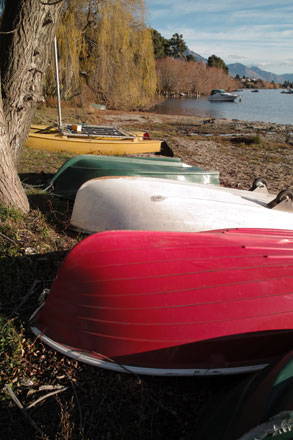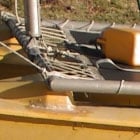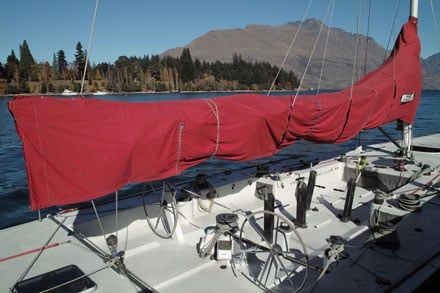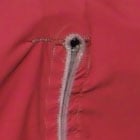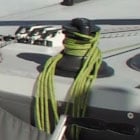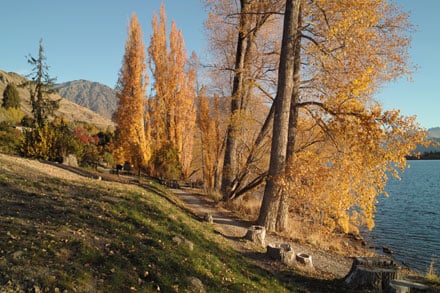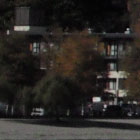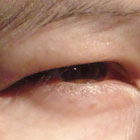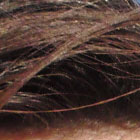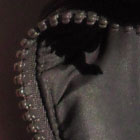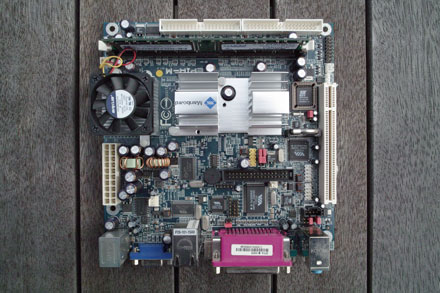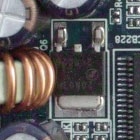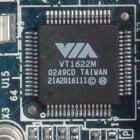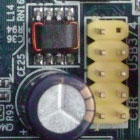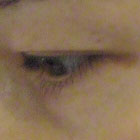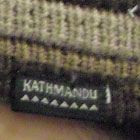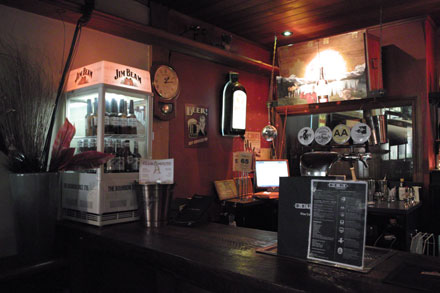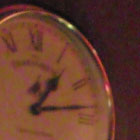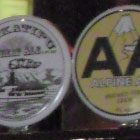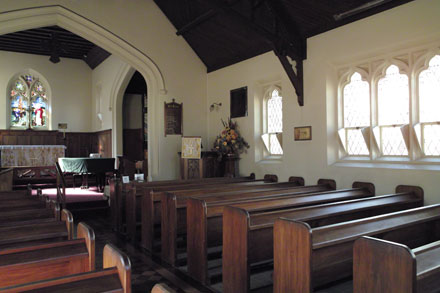Sigma DP1
-
-
Written by Gordon Laing
Sigma DP1 Gallery
The following images were taken with a final production Sigma DP1. All but the first image were taken using firmware revision 1.02.
The DP1 was set to Hi Fine JPEG quality, Auto White Balance and Evaluative metering. The contrast, saturation and sharpening were left at their default 0 settings.
The individual exposure mode, file sizes, shutter speeds, aperture, ISO and lens focal length are listed for each image.
The crops are taken from the original files, reproduced at 100% and saved in Adobe Photoshop CS2 as JPEGs with the default Very High quality preset, while the resized images were made in Photoshop CS2 and saved with the default High quality preset. The three crops are typically taken from far left, central and far right portions of each image.
Note: you may wish to open our Canon EOS 450D / XSi Gallery and Panasonic Lumix DMC-FX500 Gallery for a direct comparison of detail and noise.
|
Landscape: 2.59MB, Program, 1/125, f6.3, ISO 50, 16.6mm (equivalent to 28mm)
Landscape: 1.98MB, Program, 1/100, f10, ISO 100, 16.6mm (equivalent to 28mm)
Landscape: 2.68MB, Program, 1/100, f6.3, ISO 100, 16.6mm (equivalent to 28mm)
Landscape: 3.12MB, Program, 1/250, f7.1, ISO 200, 16.6mm (equivalent to 28mm)
Macro: 2.58MB, Program, 1/160, f8, ISO 400, 16.6mm (equivalent to 28mm)
Indoor: 2.71MB, Program, 1/25, f4, ISO 400, 16.6mm (equivalent to 28mm)
Indoor: 2.56MB, Program, 1/15, f4, ISO 800, 16.6mm (equivalent to 28mm)
Indoor: 2.48MB, Program, 1/50, f4, ISO 800, 16.6mm (equivalent to 28mm)
| |||||||||||||||||||||||||||||||||||||||||||||||||||||||||||||||||||||||||||||||||||||||||||||||||||||||||||||||||||||||||||||||||||||||||||||||||||||||||||||||||||||||||
